8 Simple Ways to Get Your Garden Ready for Spring Planting
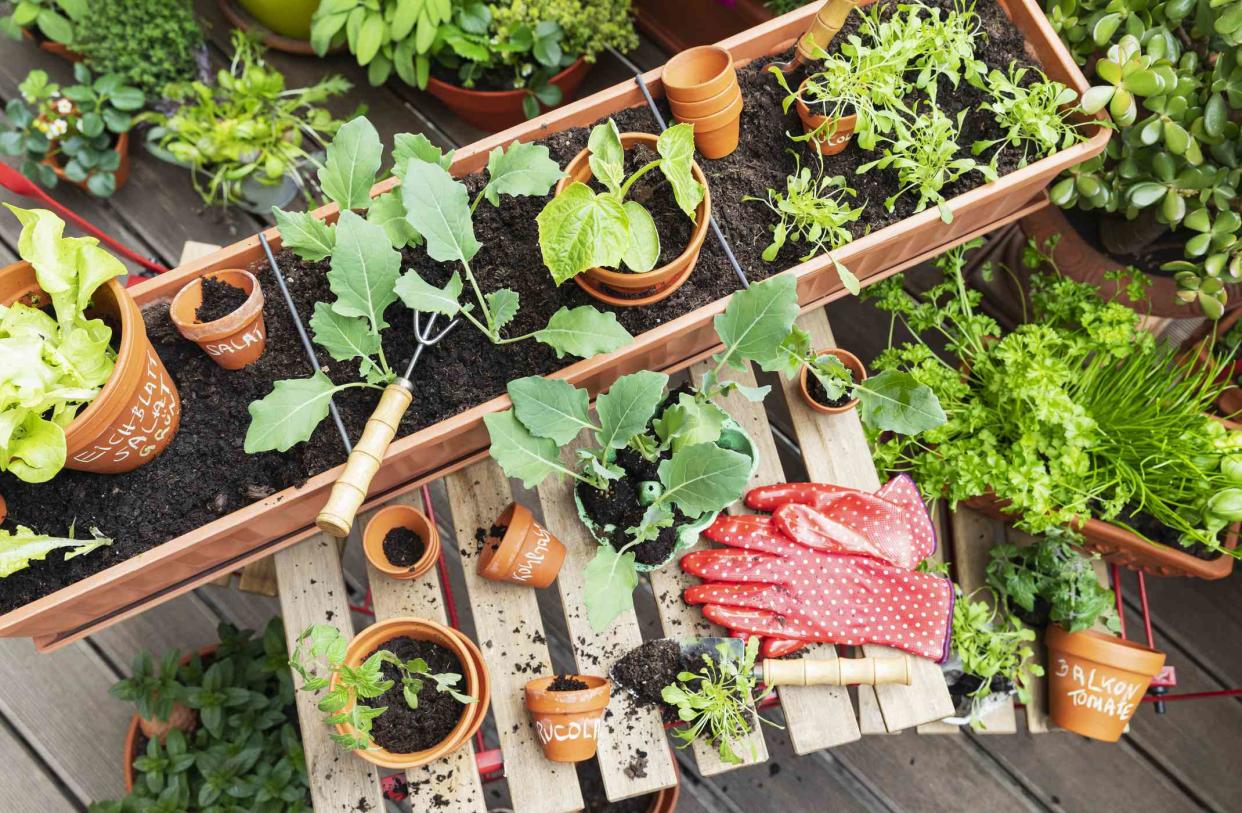
Westend61/Getty
Reviewed by Julie Thompson-Adolf
Preparing the garden for the growing season involves several steps. Stock up on gear and supplies, including tools and seeds. Make a plan for what you want to grow, where you will plant, and when you will start. Many things can be started before the spring equinox, so get a jumpstart.
Here's a step-by-step guide for getting your garden ready for spring.
Prune Trees and Shrubs
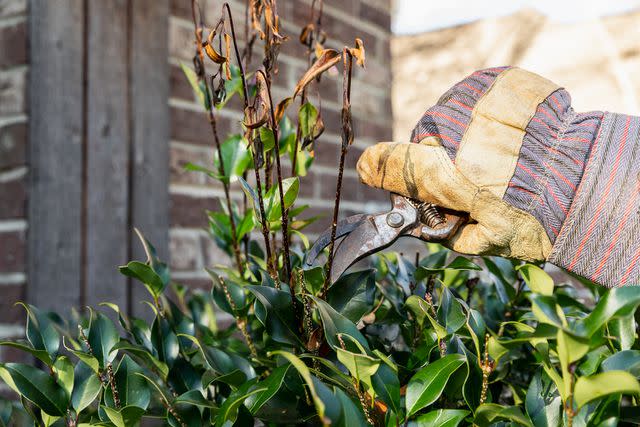
The Spruce / Ana Cadena
The first step in getting your garden ready for spring begins in mid-to-late winter with pruning.
Use sharp, sterilized shears, loppers, or a saw to cut away any dead or damaged growth, remove crossing branches, and shape the plant.
Prune fruit trees six to 12 weeks before your hardiness zone's last frost date, ideally after the coldest temperatures have passed but before buds have formed.
Most shrubs and roses can also be pruned around this time.
Warning About Azaleas and Hydrangeas
Do not prune azaleas. They should be pruned after flowering in the spring to avoid removing flower buds. Also, read up on the type of hydrangea you have. Some hydrangeas bloom on old wood, and pruning too early can mean a summer without flowers.
Check Tools and Equipment
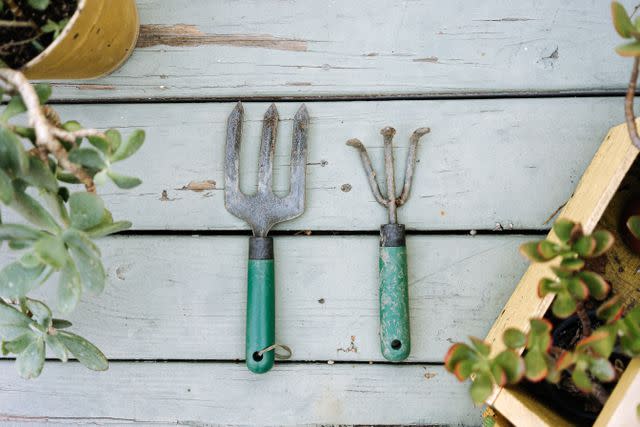
The Spruce / Jorge Gamboa
Inspect your gardening tools and equipment before the growing season begins.
Repair or replace broken tools.
Wash tools with mild soap and warm water. Hose down large pieces of equipment, like rakes and shovels. Clean your garden gloves.
Use a wire brush and damp cloth to clean wooden handles. Treat clean, dry handles with mineral oil to keep them from splintering.
Inventory Seeds and Supplies
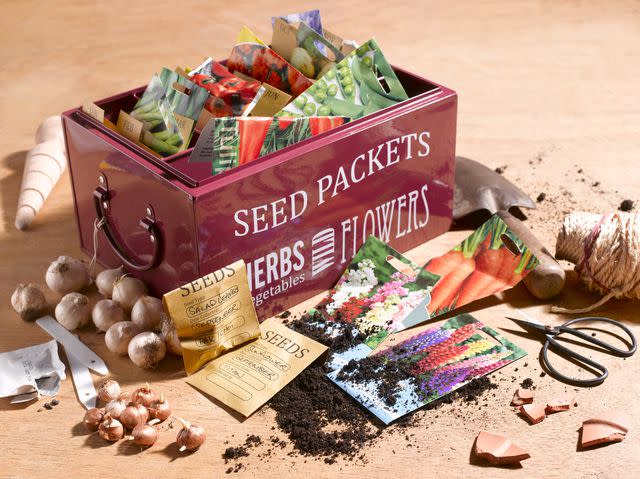
Peter Dazeley/Getty
Inventory any seeds, bulbs, or other propagation material you saved from previous seasons.
Don't buy seeds before you check your inventory. Many seeds remain viable for years, so you can save money by using the seeds you already own.
Organize your seeds, take a paper inventory, and cull any seeds you're not interested in growing this year.
Donate seeds, share them with friends, or swap them with fellow gardeners.
Tip
Note the date on your seed packets. Discard those that are more than a couple of years old. Germination rates decline as the seeds age.
Plan Your Garden
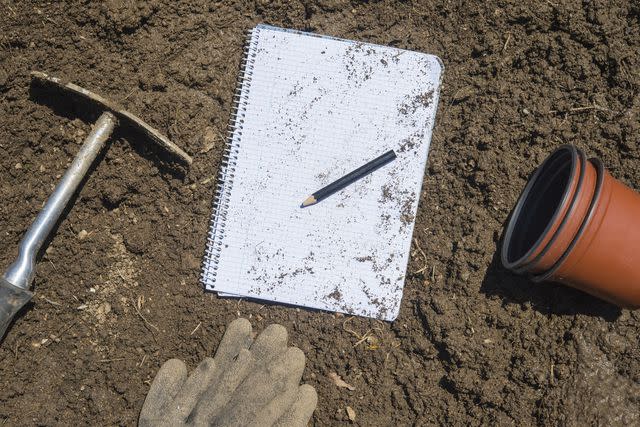
Westend61/Getty
Armed with your seed inventory and wishlist for your garden. Start designing your garden. Determine the following:
What do you want to plant?
Where will you put it?
When does it need to get started (indoor sowing, direct sowing, or nursery starts)?
Consider hardiness zone, sun exposure, soil type, and growth habit. Tall plants will need to be on the north side of shorter plants if the shorter plants need good sun exposure.
Plan for colors and leaf patterns once in bloom. You don't want them to clash.
Think about harvest times. Keep plants with similar harvest times together.
Order Seeds and Plant Starts
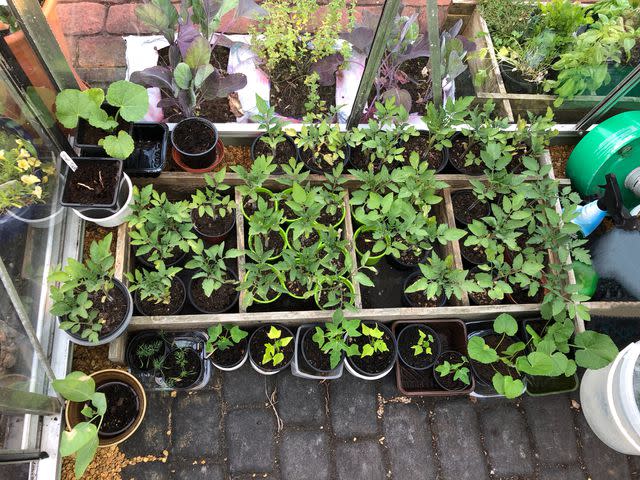
©Daniela White Images/Getty
Once you have a garden plan, order seeds. If you prefer to shop in person, buy seeds at local plant shops, nurseries, and garden centers. Sourcing seeds locally has an added benefit: Shops typically stock varieties that do well in your growing zone.
You can order online from seed companies and even buy plant starts, although wait until the weather is warm enough to ship live plants. Also, check out local farmers' markets and farmstands; they may take pre-orders for spring and summer vegetable starts.
The 11 Best Places to Buy Flower Bulbs Online in 2024
Clean Up Garden Beds and Planters
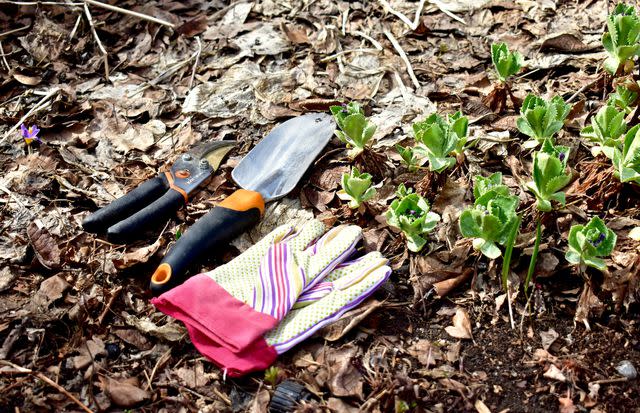
Kristin Mitchell
As planting time draws near, tidy up garden plots, raised beds, and planters. Remove fallen sticks, leaves, dead vegetation, and other debris. Look for old plant tags, broken stakes, missing tools, and trash that may have blown into the garden.
Prepare the Soil
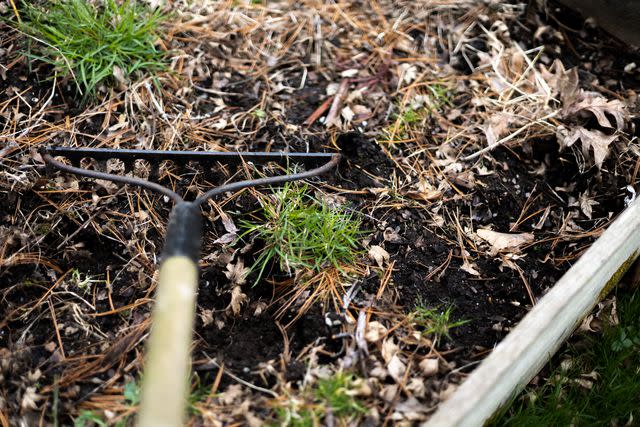
Catherine McQueen/Getty
Prepare garden beds and containers a few weeks before planting time.
Rake off any mulch, such as straw or shredded leaves; you may have used to cover the soil for winter.
Pull any early weeds that may have sprung up.
Tilling or turning over the soil with a fork or shovel was considered necessary to work in fertilizer; however, many gardening experts now recommend a no-till approach. Instead, organic compost can be added to the soil surface in raised and in-ground beds.
Refresh pots and planters with fresh potting mix or top-dress them, spreading a thin layer of compost over the soil.
Start Seeds Indoors
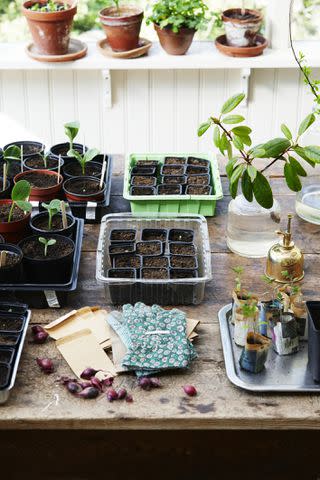
Johner Images/Getty
Indoor seed starting is one of the best ways to save money when planting your garden.
Check seed catalogs and packets for when to start seeds indoors versus direct-sowing them in your garden. Depending on your hardiness zone and the variety, you may need to start seeds in late winter or early spring—anywhere from six to 12 weeks before your zone's last frost date.
Some seeds may need special treatment to germinate well, such as stratification—a cold period—so include the required time in your planning.
Check the "days to maturity" number, which will help you determine when those plants should be ready to harvest based on the date you plant them.
Make sure to add extra time to harden off seedlings before you plant them in the garden.
All this garden planning is in preparation for the spring season, but right behind it are the summer and fall months of planting that should be considered in your entire gardening plan. For the best success with your garden, keep up with regular maintenance like weeding, mulching, and watering to keep your garden thriving and looking beautiful all year long.
Frequently Asked Questions
What plants are best planted in spring?
The best plants to sow in spring include lettuce, spinach, radishes, broccoli, cauliflower, peas, pansies, gardenias, and azaleas.
What is the best temperature to plant in spring?
The best soil temperature for planting in the spring is between 65 and 75 degrees Fahrenheit.
What is the easiest plant to grow in spring?
The best plants to grow in the spring include alliums like scallions and chives, root vegetables like beets, radishes, and carrots, and leafy greens like lettuce, cabbage, spinach, and kale.
Read Next: 6 Tips for a Better Spring Flower Garden
Read the original article on The Spruce.

